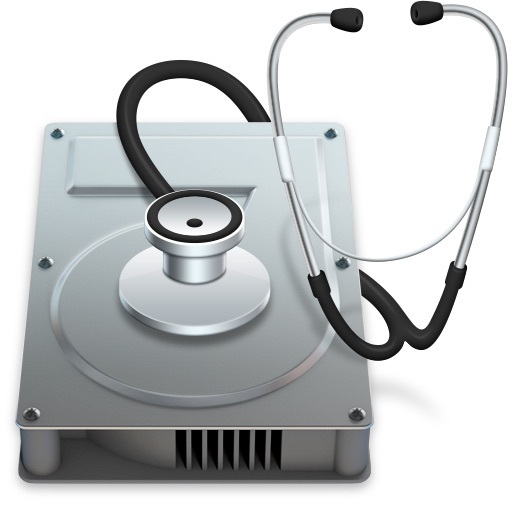by: Paul Horowitz

You may find yourself needing to determine the file system type of a drive connected to a Mac, whether it’s an external hard drive, a USB flash drive, external SSD or HDD, an SD card, or similar. File system types are important because they can help to determine if a drive is fully Mac compatible with a native file system, or if a drive or disk can be read by both Windows and Mac, amongst many other situations. Examples of file systems you may encounter include FAT, FAT32, exFAT, NTFS, APFS, Ext, Ext2, Ext3, Ext4, JFS, ReiserFS, XFS, and HFS+.
So, how do you determine what the file system is of a drive connected to a Mac? That’s what we’ll show you how to do, using two different methods; with Disk Utility, and with the Finder.
This Article may be helpful to people new at using Mac computers. (PTD)





